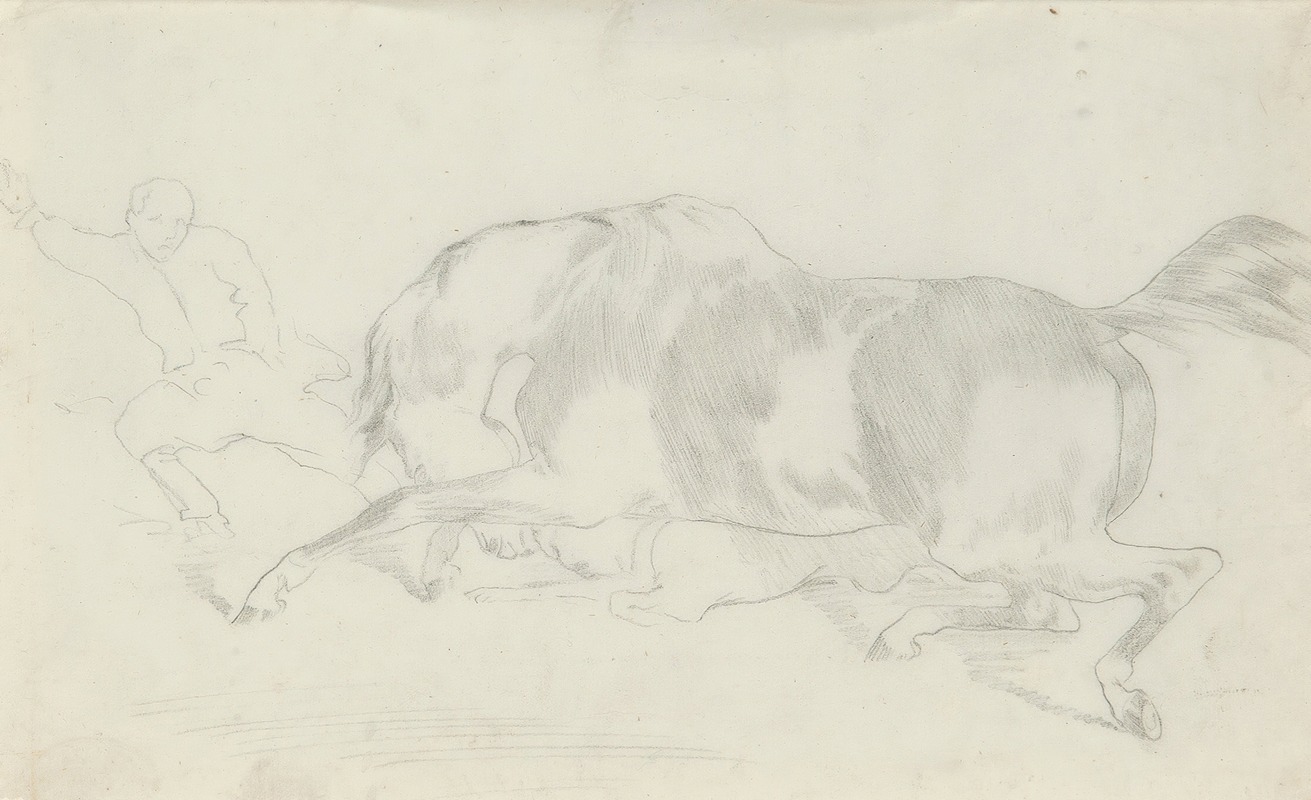
Étude de cheval
A hand-painted replica of Edgar Degas’s masterpiece Étude de cheval, meticulously crafted by professional artists to capture the true essence of the original. Each piece is created with museum-quality canvas and rare mineral pigments, carefully painted by experienced artists with delicate brushstrokes and rich, layered colors to perfectly recreate the texture of the original artwork. Unlike machine-printed reproductions, this hand-painted version brings the painting to life, infused with the artist’s emotions and skill in every stroke. Whether for personal collection or home decoration, it instantly elevates the artistic atmosphere of any space.
Edgar Degas, a prominent French artist associated with the Impressionist movement, is renowned for his works that capture the dynamism and grace of human and animal forms. Among his diverse body of work, "Étude de cheval" (Study of a Horse) stands out as a testament to his fascination with movement and anatomy.
Degas was born in Paris in 1834 and developed an early interest in art, studying at the École des Beaux-Arts. Although he is often linked with the Impressionists, Degas preferred to be called a realist, and his works frequently demonstrate a meticulous attention to detail and composition. His interest in horses and equestrian subjects was part of a broader fascination with movement, which also included ballet dancers and other performers.
"Étude de cheval" is one of several studies Degas created focusing on horses. These studies were not just artistic endeavors but also exercises in understanding the anatomy and movement of horses. Degas was known for his keen observational skills, and he often visited racetracks and stables to sketch horses in motion. This practice allowed him to capture the fluidity and power of the animals, which he would later incorporate into more finished works.
The medium of "Étude de cheval" is typically pastel or charcoal, as Degas frequently used these materials for his studies. These media allowed for quick, expressive lines that could convey the energy and form of the horse with immediacy. Degas's technique often involved layering colors and lines to create depth and texture, which can be seen in his equestrian studies.
Degas's equestrian studies, including "Étude de cheval," were part of a larger trend in 19th-century art where artists sought to capture the essence of movement. This interest was partly fueled by technological advancements such as photography, which allowed for the detailed study of motion. Degas himself was influenced by the work of photographer Eadweard Muybridge, whose sequential photographs of animals in motion provided artists with new insights into the mechanics of movement.
While "Étude de cheval" may not be as widely recognized as some of Degas's other works, it is an important piece that reflects his dedication to understanding and depicting movement. It also highlights his ability to convey the elegance and strength of horses, subjects that were both popular and challenging for artists of his time.
Degas's studies of horses contributed to his reputation as an artist who could capture the subtleties of motion and form. These works remain significant not only for their artistic merit but also for their role in the broader context of 19th-century art, where the exploration of movement was a central theme. Through "Étude de cheval" and similar works, Degas demonstrated his mastery of both technique and observation, solidifying his place as a pivotal figure in the history of art.





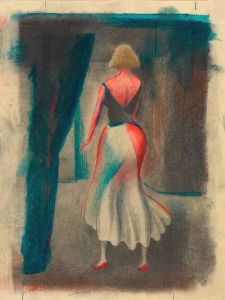
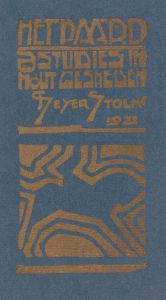
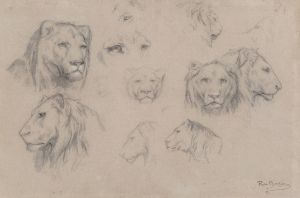
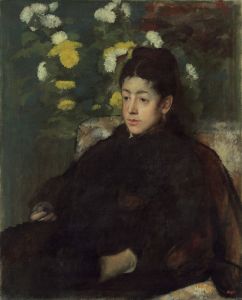
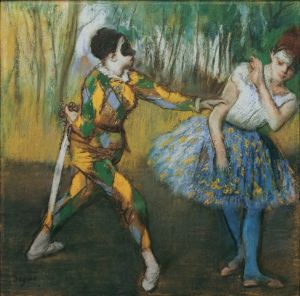
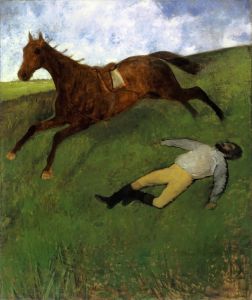
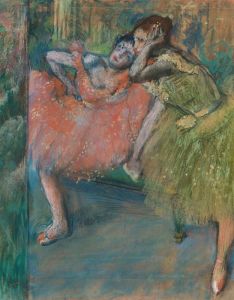
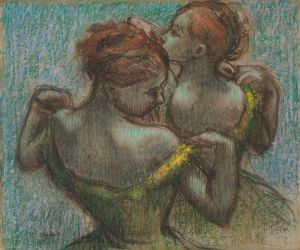
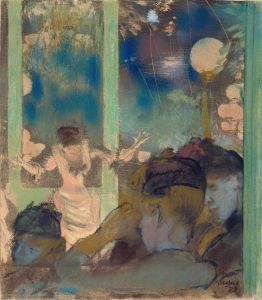
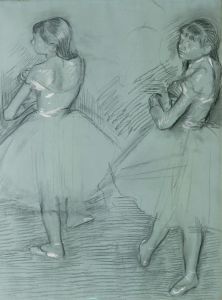
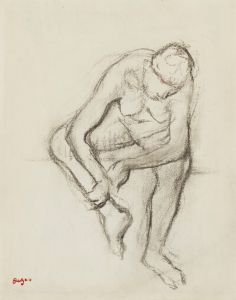
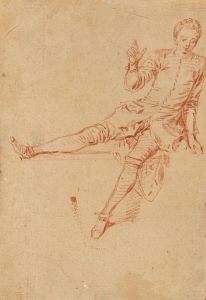
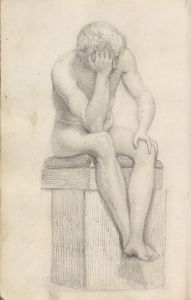
![Designs for theater with black-framed proscenium and boldly colored settings.] [Study for stage light wall decoration, possibly for Caf ̌Crillon ….](/imgs/249332/s/winold-reiss-designs-for-theater-with-blackframed-proscenium-and-boldly-colored-settings-study-for-stage-light-wall-decoration-possibly-for-caf-crillon--84fb4ba6.jpg)